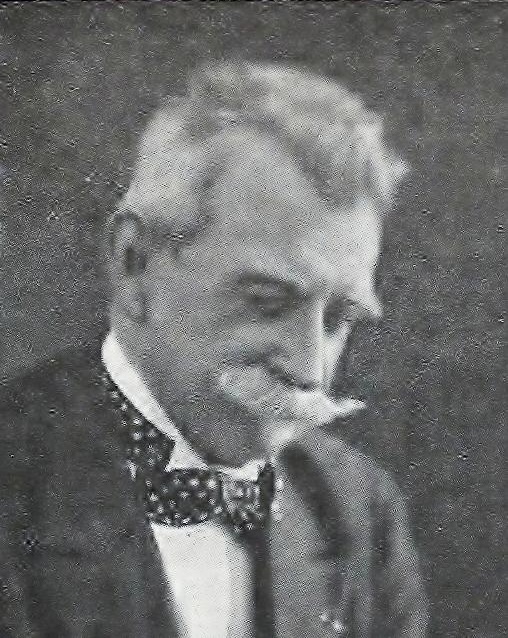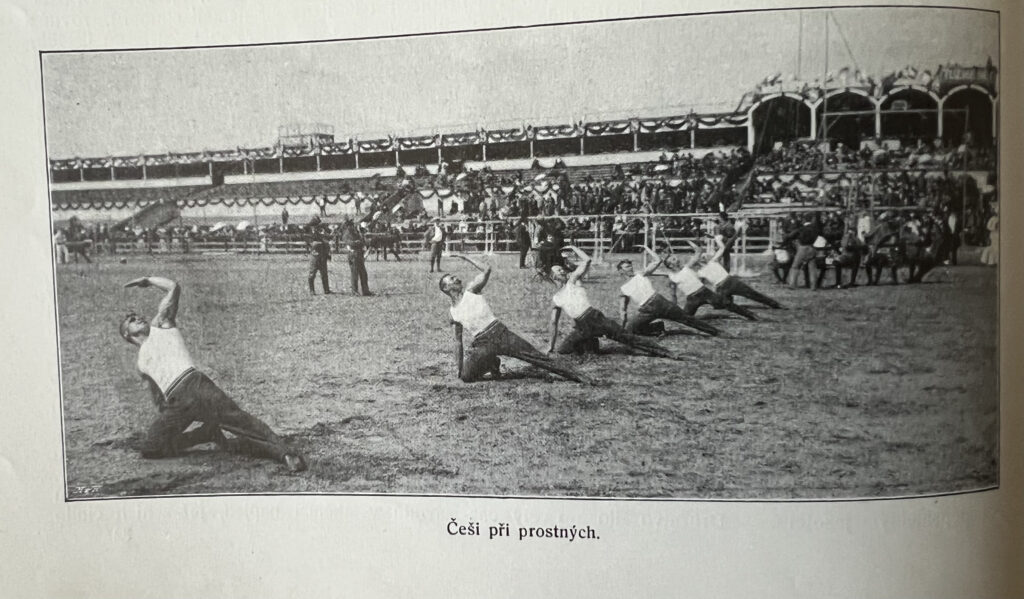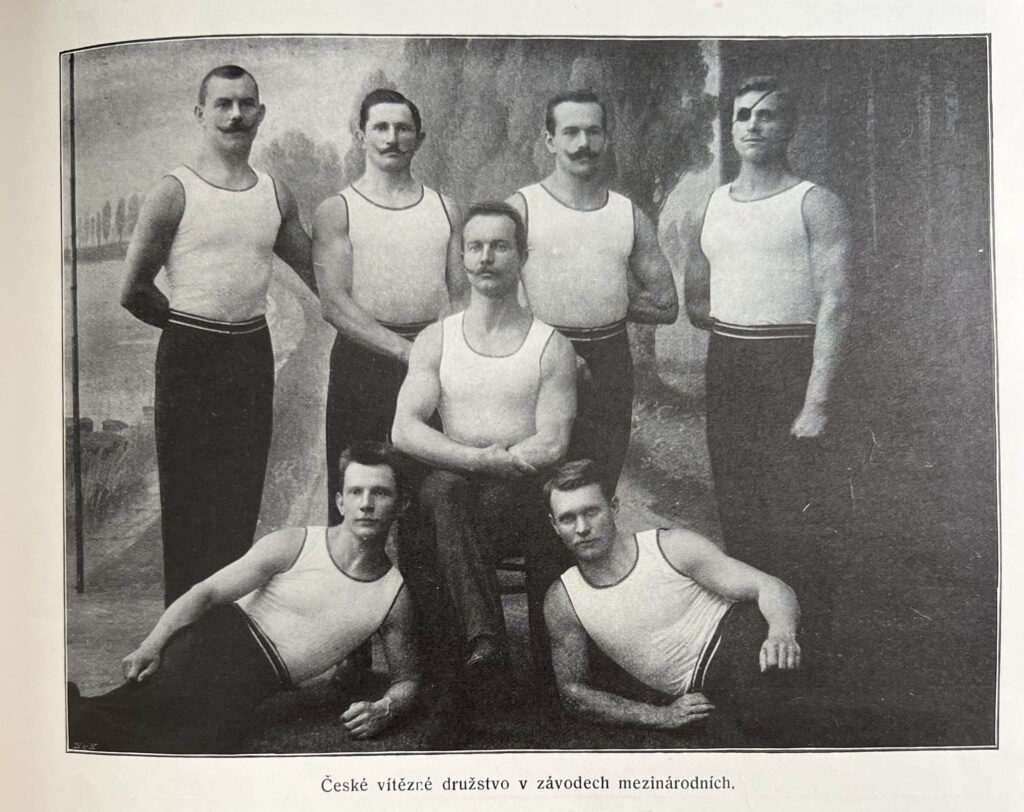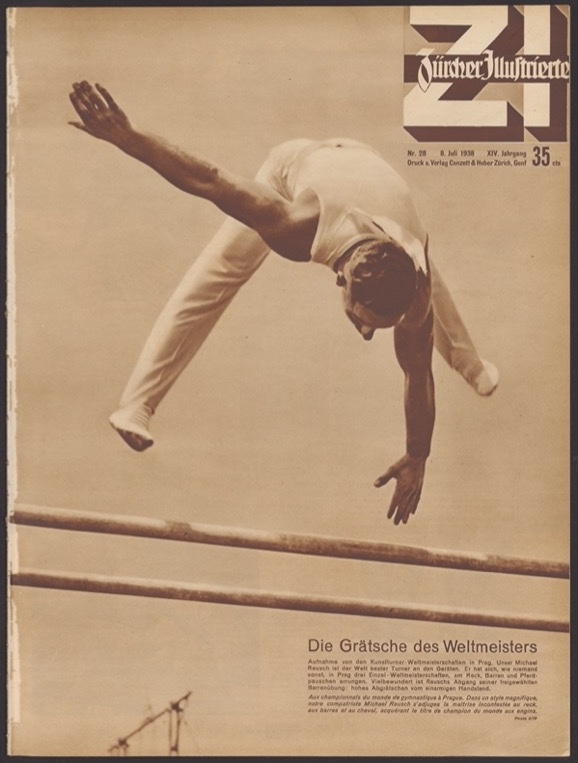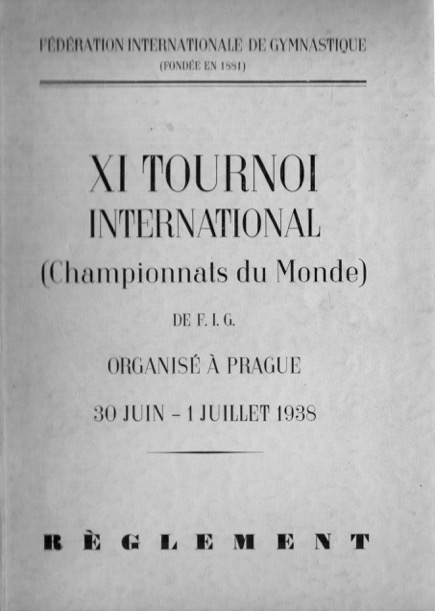French gymnasts had been the victors at the first International Tournaments in 1903 and 1905, but the Czech Sokols ended that streak in 1907 when they hosted the International Tournament in Prague.
A rivalry was forming between the two top teams in Europe: the Czech Sokols and the French. However, the Czech media subtly questioned how European the rivalry was, given that France’s best gymnasts were from Algeria. (The International Tournament was a competition run by the Bureau of European Gymnastics Federations.)
Regardless, the French Algerian gymnasts stole the show in Luxembourg in 1909. In fact, one of them registered two perfect event totals, scoring the maximum number of points for both the compulsory and optional routines on not just one but two events.
Note: French Algerian gymnasts had competed in previous International Tournaments. However, the gymnasts’ place of origin hadn’t been a major topic in the media coverage prior to 1909. The topics of empire and Eurocentrism are far too thorny to broach in a competition recap.
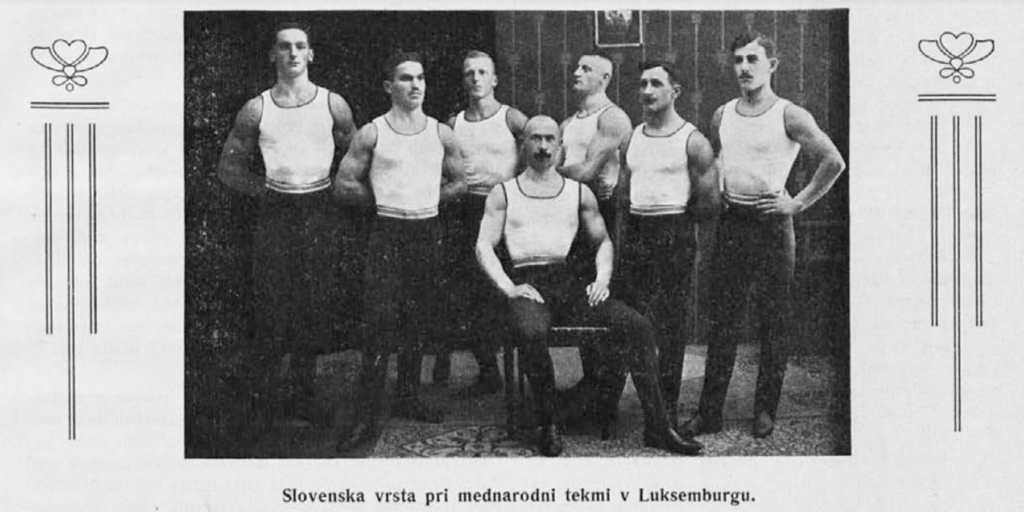
Members included: Karel Fuks, Fran Perdan, Vinko Pristov, Vinko Rabič, Anton Thaler, Stanko Vidmar. Team leader: Dr. Viktor Murnik
Photo: Slovenski Sokol, 1909, 7-8
